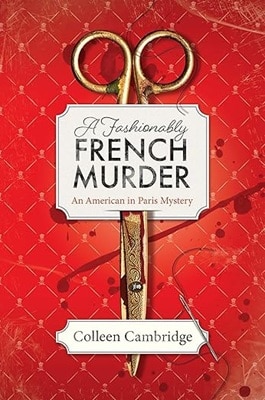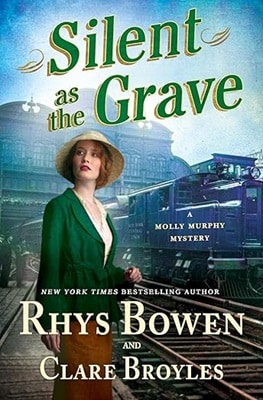The Dark Edge of Night
An atmospheric police procedural catapults into a historical fiction mystery with clues unraveling in the shadowy streets of Paris, filled with jackbooted Nazi bastards. This is the second in a series featuring Inspector Henri LeFort, a righteous and highly scrupled cop with a dogged determination to wade through a morass of twisted clues in spite of Nazi roadblocks and obstacles in his investigation to uncover truth and justice. The setting is December 1940, occupied Paris with blood-red banners festooned with black swastikas staining the Arc de Triomphe and the Eiffel Tower.
In June, the Boche (derisive term used for the Germans, refers to “cabbage heads”) attempted to be polite and respectful to the Parisians. Now, the veneer of decency has cracked and they’ve reverted back to the schoolyard bullies they are. Lately, they have started rounding up those they consider undesirable: Jews, Gypsies, people of color, the crippled, and those with disabilities. Henri vividly recalls his experiences in the previous war, when he killed these Germans and watched his friends perish, but in the end, successfully pushed these Boches back to the Rhineland. Now, he feels humiliated by the ease of France’s surrender. The sardonically humored Henri is called to the office of his boss, Chief Louis Proulx, the head of the murder division at the Prefecture. He was immediately set upon by a Nazi officer, who identified himself as Stefan Becker, and an older man who introduced himself as Dr. Andreas von Rauch. Herr Becker informed Henri that he was to drop whatever he was doing and find the missing Dr. Viktor Brandt, a neurologist. Dr. Von Rauch indicated that he was a colleague but, “it was none of his business what they were working on.” The two of them, along with Dr. Denis Berger, were working at the Bleriot Hospital on a secret project. Dr. Brandt was staying at the posh Ritz Hotel but went missing three days ago.
This gem can be devoured as a standalone, as Pryor skillfully weaves into the narrative any necessary backstory. In the first book, Henri had saved the life of Princess Marie Bonaparte during a robbery. She was the great-grandniece of Napoleon and had studied the science of psychoanalysis with Sigmund Freud. They have developed a warm relationship; in fact, she is now Henri’s downstairs neighbor and takes an active part in the investigation. Other “real” historical figures appear in the narrative, lending this mystery further authenticity. Eric Sevareid, a CBS news journalist, makes Henri’s acquaintance at a cafe along the Left Bank. Photojournalist Virginia Wolf appears and is inserted into the intrigue of the unraveling mystery.
The Gestapo expects a report in a couple of days and a “rapid resolution,” or Henri will be held accountable, probably with his life. Henri must follow the trail of twisted clues from the Ritz Hotel and Bleriot Hospital, leading him down a dark, convoluted trail of bondage and homosexuality. He’s momentarily diverted by another murder. A Frenchman was beaten to death in what appears to be a botched burglary. He was killed with a single stab wound to the back of his brain, and postmortem, his face was obliterated with a hammer. The victim’s brother is a doctor who works at the same hospital as the missing German. Henri doubts this is a coincidence. At the same time, he is made aware that children are being taken from orphanages, never to be seen again.
Mark Pryor crafts an immersive and masterful narrative, creating a riveting twisted string of multiple unexpected reveals that propel this page-turner. Henri will use his powers of observation and deductive reasoning to solve this case. Multiple chapters delve into his World War I experiences, trauma, and secrets that shape his present-day problems and motivations. Vivid prose and evocative descriptions of Paris locales are wonderfully interwoven into this nuanced narrative. A multitude of clues, culprits, and evidence amass as Inspector LeFort searches for truth and justice.
This five-star novel will appeal to aficionados who reveled in the exploits and cases of Georges Simenon’s Inspector Jules Maigret and Philip Kerr’s World War II exploits of Bernie Gunther. Thanks to NetGalley and St. Martin’s Press / Minotaur Books for providing an Uncorrected Proof in exchange for an honest review.
More Historical Mysteries
advertisement
Historical Mystery Features
Mysteries Set in the 1940s
This tumultuous decade served as a fertile ground for mysteries
Is it Historical Fiction?
How long ago does history start?
History with a Side of Murder
The rules that shape a historical mystery










